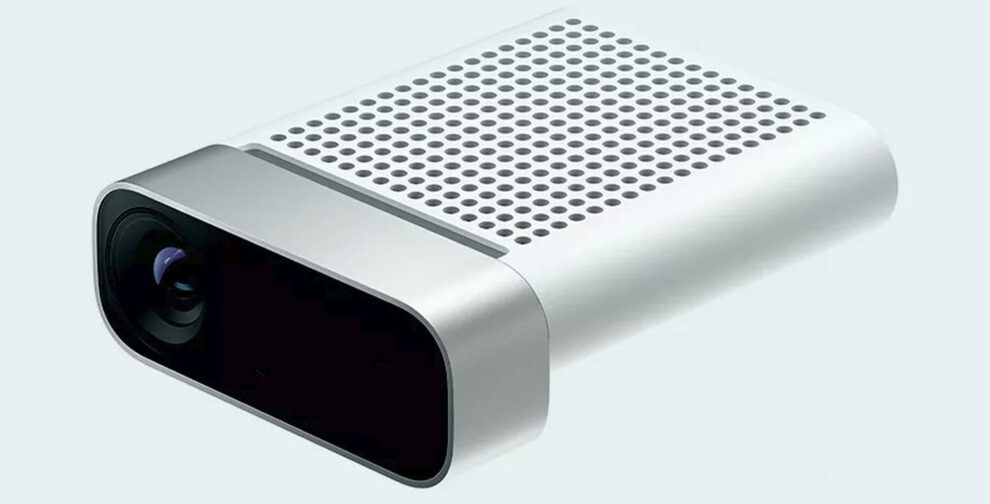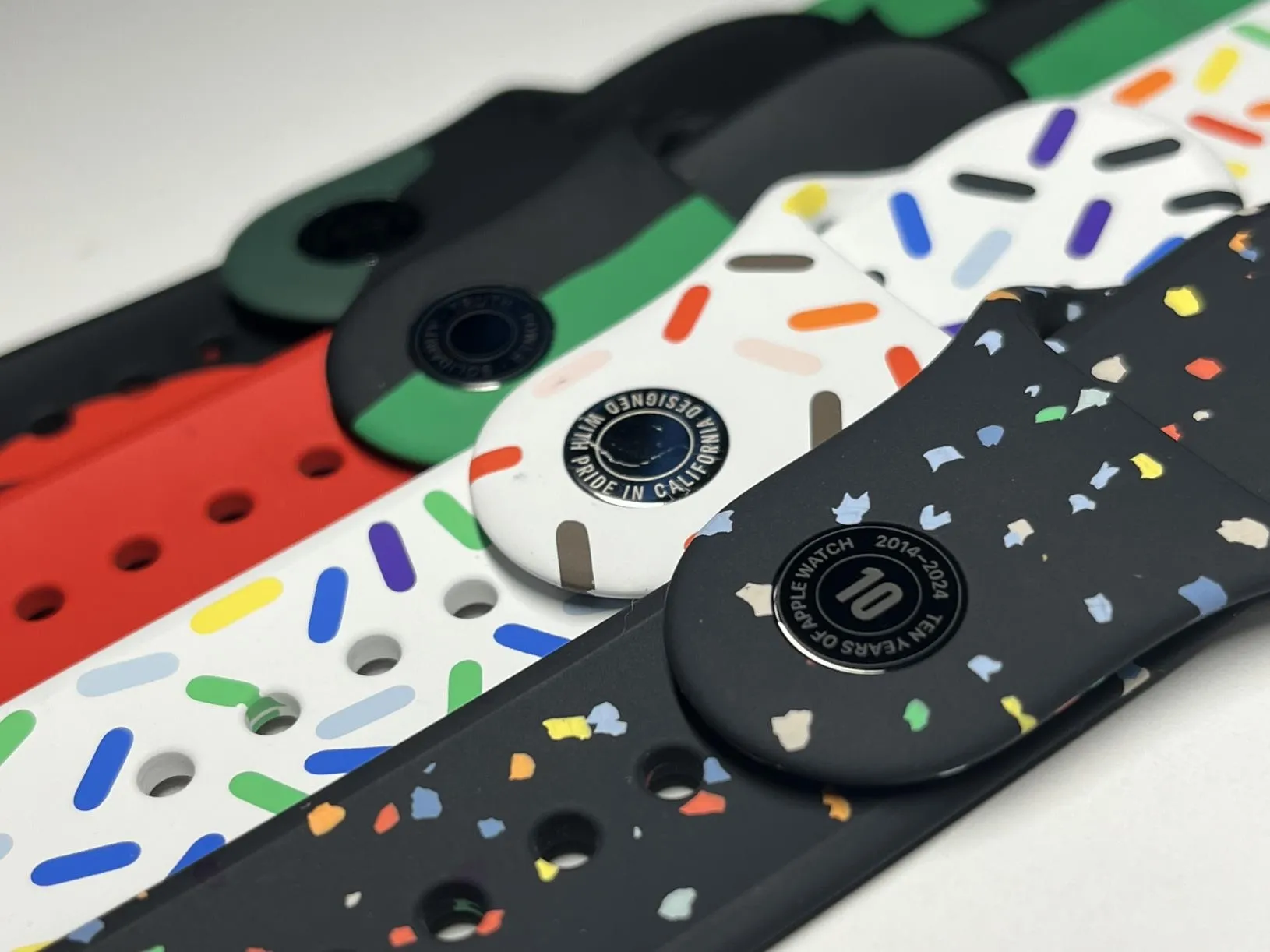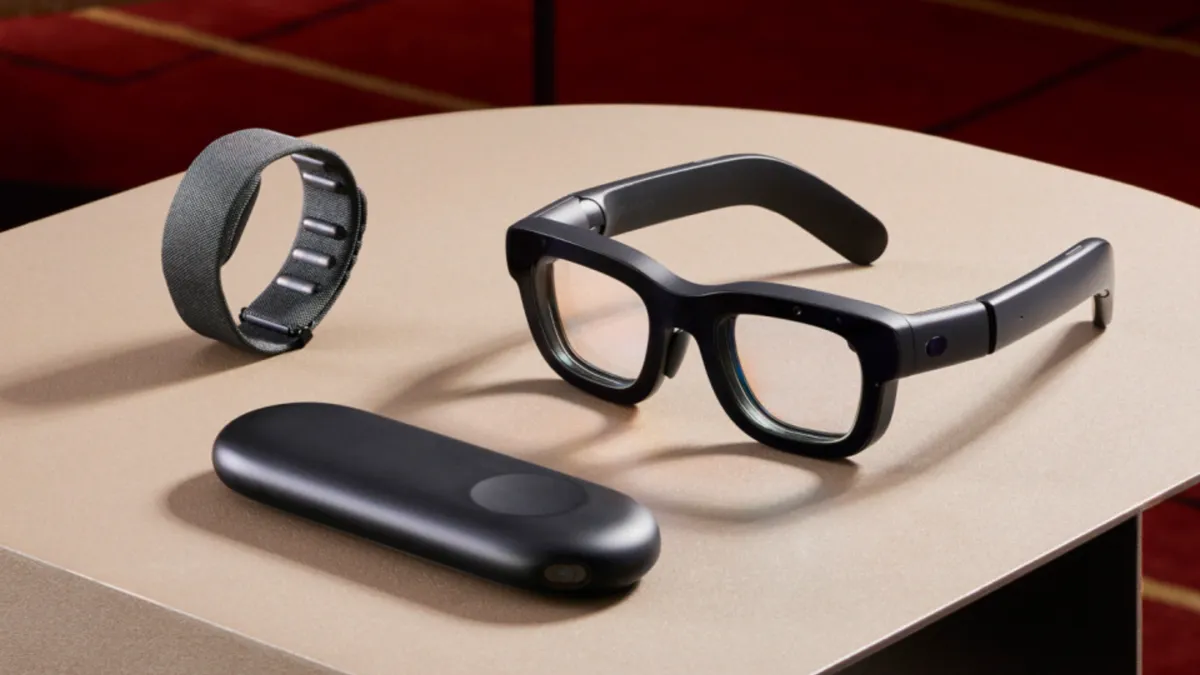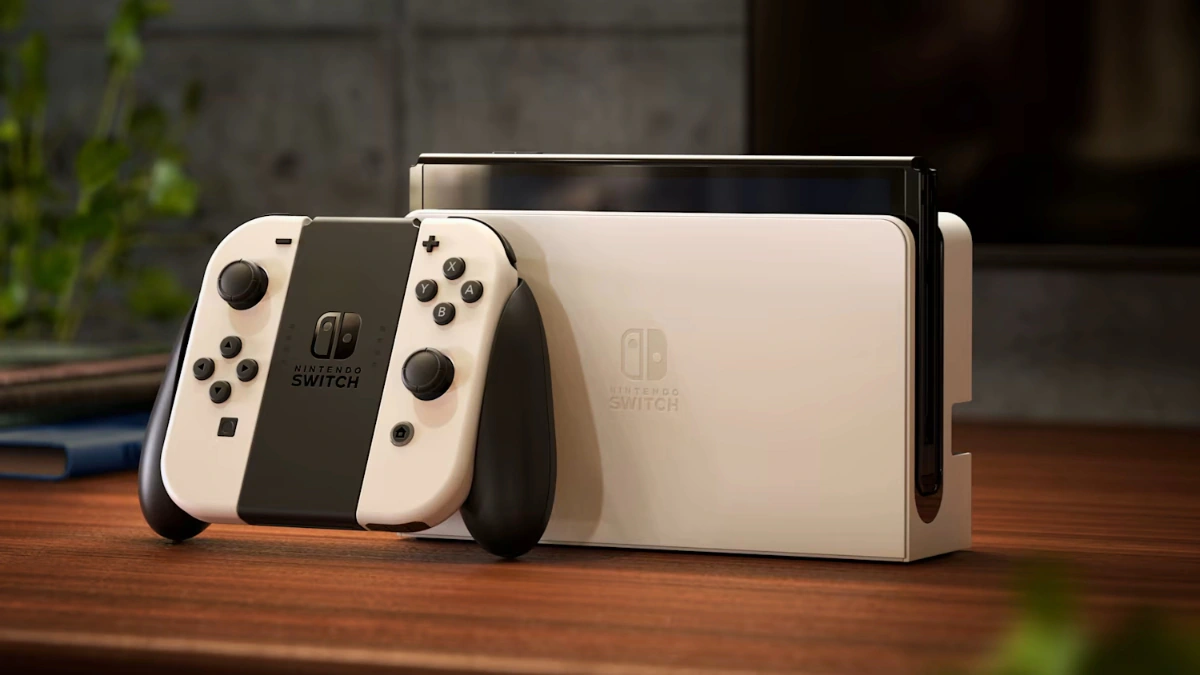The Xbox Kinect, a device once synonymous with motion-controlled gaming, now finds use in areas far removed from its original purpose. Its technology powers medical research, industrial automation, and academic studies. The device, discontinued by Microsoft in 2017, continues to operate in unexpected ways.
Initially, the Kinect’s depth-sensing capabilities aimed to change how people interacted with video games. It allowed players to control on-screen actions with body movements. The device sold millions of units. However, its popularity waned as motion gaming fell out of favor. Microsoft ceased production of the Kinect and its adapter.
Despite its failure in the gaming market, the Kinect’s technology proved valuable in other fields. Researchers saw the potential of its depth-sensing and skeletal-tracking features. These features allowed for motion capture and analysis.
In healthcare, the Kinect assists in patient rehabilitation. Doctors use it to monitor patient movements during physical therapy. The device tracks progress and provides feedback. It proves useful for patients recovering from strokes or injuries. Hospitals and clinics implement it for non-invasive monitoring.
For example, researchers at various universities use Kinect to monitor gait analysis in patients with Parkinson’s disease. The data collected helps doctors understand disease progression. The device allows for home-based monitoring, reducing the need for frequent clinic visits.
In industrial settings, the Kinect improves automation and quality control. Factories use it to monitor assembly lines. The device detects defects and ensures accurate part placement. Its ability to capture 3D data enables precise measurements. This reduces errors and improves production efficiency.
Companies use Kinect in warehouse management. The device helps track inventory and monitor worker movements. This improves logistics and reduces accidents. It also helps with robotic navigation.
Academic researchers use Kinect for a variety of studies. Anthropologists track human movement. Computer scientists develop new algorithms for motion capture. The device provides affordable and accessible data.
Software developers create open-source libraries. These libraries allow programmers to use Kinect data in custom applications. This fosters continued development and exploration of its capabilities.
The device’s low cost and ease of use contribute to its continued adoption. Researchers find it a practical tool for data collection. Its accessibility allows for broader applications.
The Kinect’s infrared sensors and depth cameras provide detailed 3D information. This information proves valuable in environments where precise motion tracking is necessary.
The core technology of the Kinect, its depth sensor, allows it to map environments and track movements with accuracy. This function allows for uses in robotics, where robots can use the information to navigate complex areas.
The open-source community plays a role in keeping the Kinect alive. Developers create drivers and software tools. These tools allow the device to work with modern operating systems. They also create new applications for the device.
The Kinect’s legacy extends beyond its original purpose. It demonstrates the potential of technology to find new uses. Its adaptability allows it to solve problems in diverse fields.
The device’s continued use serves as an example of how technology can outlive its intended purpose. It shows that even discontinued products can have lasting impact.
The Kinect’s story shows that technology designed for entertainment can find applications in serious fields. It offers a lesson in the unexpected paths technology can take










Add Comment